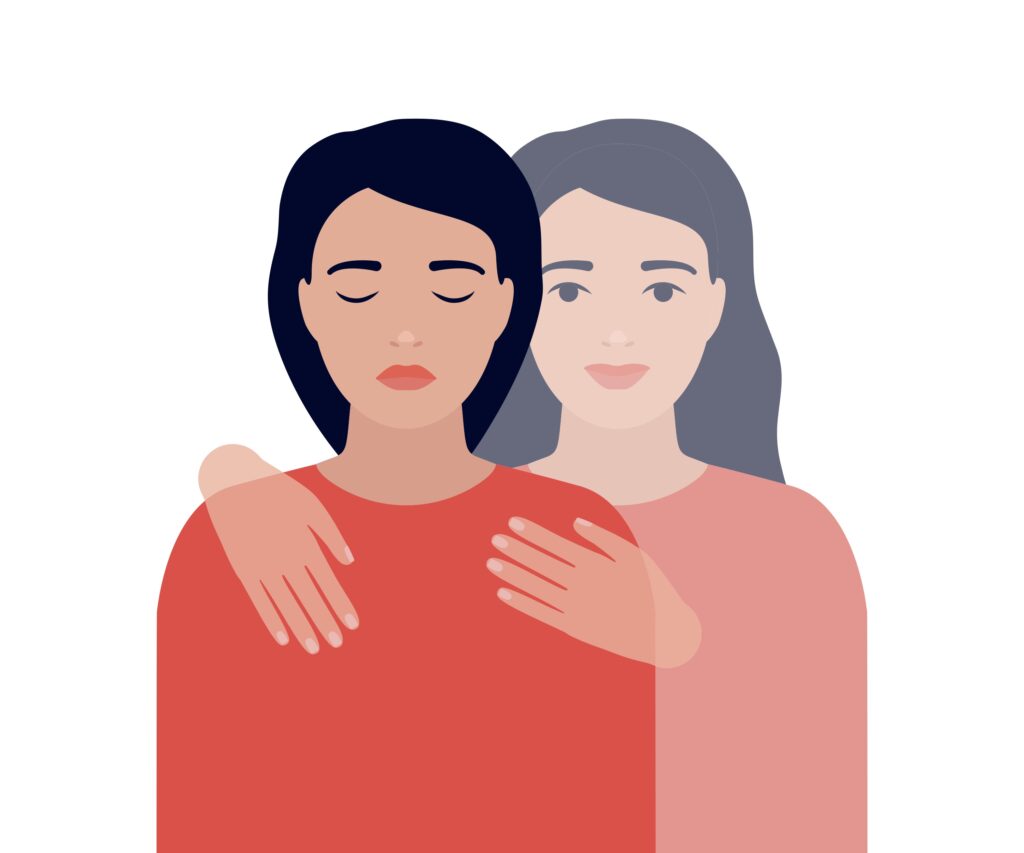
Invisible trauma
What are invisible traumas?
Trauma is often associated with concrete events. Something burdensome, painful and frightening has happened. An outside influence that is harmful. Examples of this can be a car accident, serious illness, violence, abuse or bullying. Most people who have experienced such events will be able to recognize them as painful and recognize that they have had an effect on their lives afterwards.
The concept invisible trauma however, refers to "lacks" rather than specific concrete events. It is often associated with emotional neglect, where one has grown up with caregivers who have not been able to see, meet or who have rejected the child's emotional needs. This can lead to the child having to compensate for the parents' behavior by taking on the "adult" tasks themselves instead of being a child.
Development of self-esteem
In order to develop a healthy sense of self, one needs to be met with interest and acceptance in one's surroundings. Signals that you have a fundamental value and that your needs are important, wanted and tolerable by the people around you. Without that type of support, especially in vulnerable periods, one can develop challenges related to feeling good about oneself and others.
Invisible trauma often goes under the radar
Since the challenges in the care environment may not be as clearly dysfunctional, as with, for example, violence and abuse, as well as the child compensating by taking on tasks and/or suppressing their own authentic needs, such invisible trauma or fails to go under the radar because "it goes around" in the family.
The effect of invisible trauma
Many do not notice the after-effects until they reach adulthood. Like a kind of basic diffuse feeling of being insecure and lonely. This is even though you may have established your own family, function well at work and have friends around you. It is not unusual that one has tried a lot to suppress the unclear and difficult feelings. Many eventually end up blaming themselves, because they simply "cannot manage to have a good time, even though they feel they have everything one could ask for in life". Shame and guilt over knowing that life is difficult and painful.
Your body is telling you that something is not right. but you don't know what's wrong, because you have been categorically rejected and ignored. That is the effect of invisible traumas. Through emotional neglect, you learned to ignore yourself and take personal responsibility for the shortcomings of others. Many who have experienced invisible trauma can say that "but I wasn't abused" or "my parents never hit me" when describing their own childhood. Without a narrative that points to a reason why you are struggling today, it is difficult to do something about it that is sustainable over time.
So what can you do about it yourself?
Since invisible traumas come from a lack of acceptance, reflection and validation of your feelings and needs from the past, these are qualities you can give yourself today. In the first instance, it is about training attention. Begin by identifying how you feel throughout the day and why. Avoid judging or criticizing how you feel. Practice just noticing and accepting what is happening in your body. In this way, over time you can learn to understand and support your own needs as well as to communicate feelings and needs effectively to others.
A process like this is very important, but can also be time-consuming and challenging. If you want more information about invisible trauma, want help to get started or support in your own process, you can press here.







